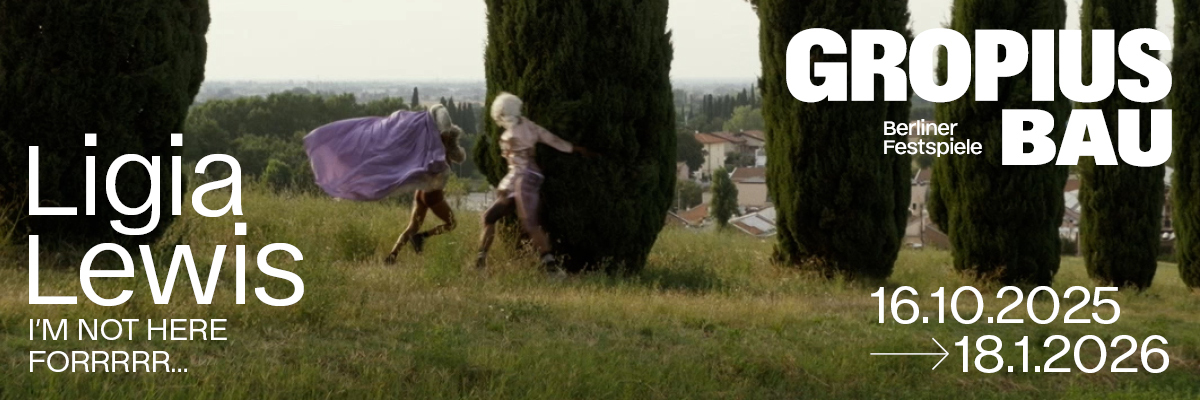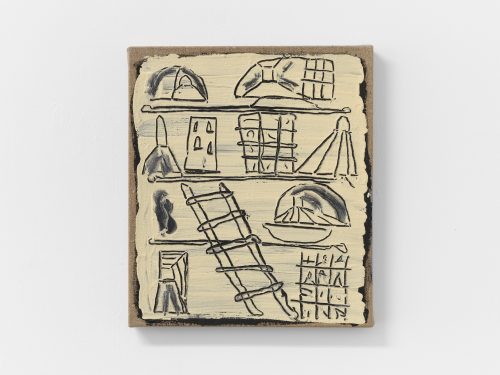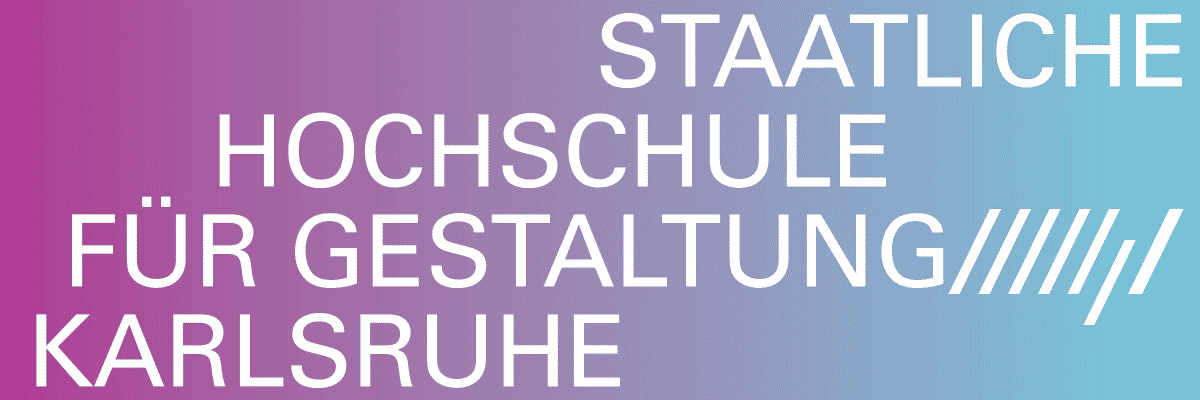
Vadim Zaitsev
Daumier
Project Info
- 💙 Devyatnadtsat gallery
- 💚 Marija Orlova
- 🖤 Vadim Zaitsev
- 💜 Marija Orlova
- 💛 Masha Makarova
Share on
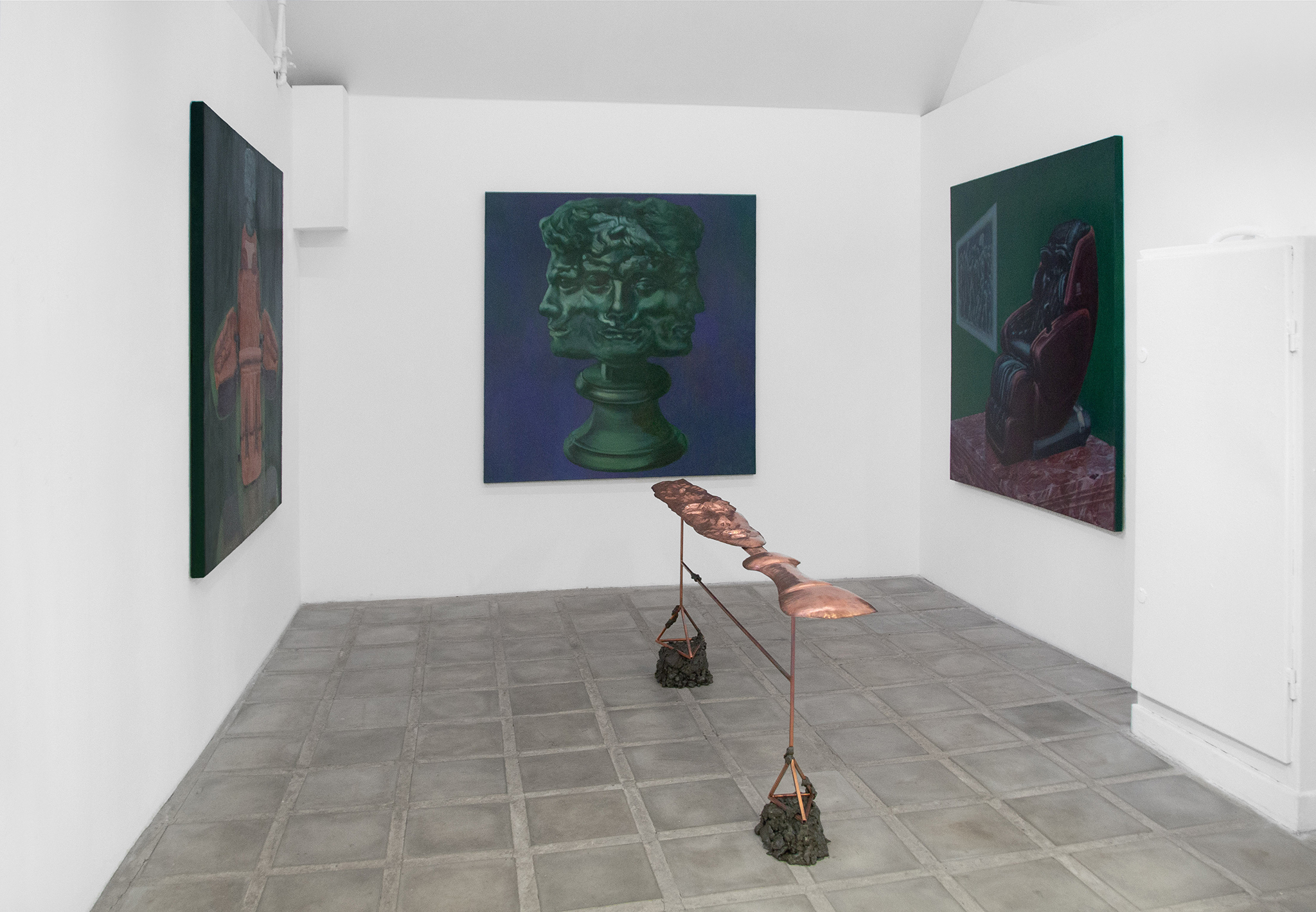
Vadim Zaitsev, ‘’Daumier’’ exhibition view at Devyatnadtsat gallery
Advertisement
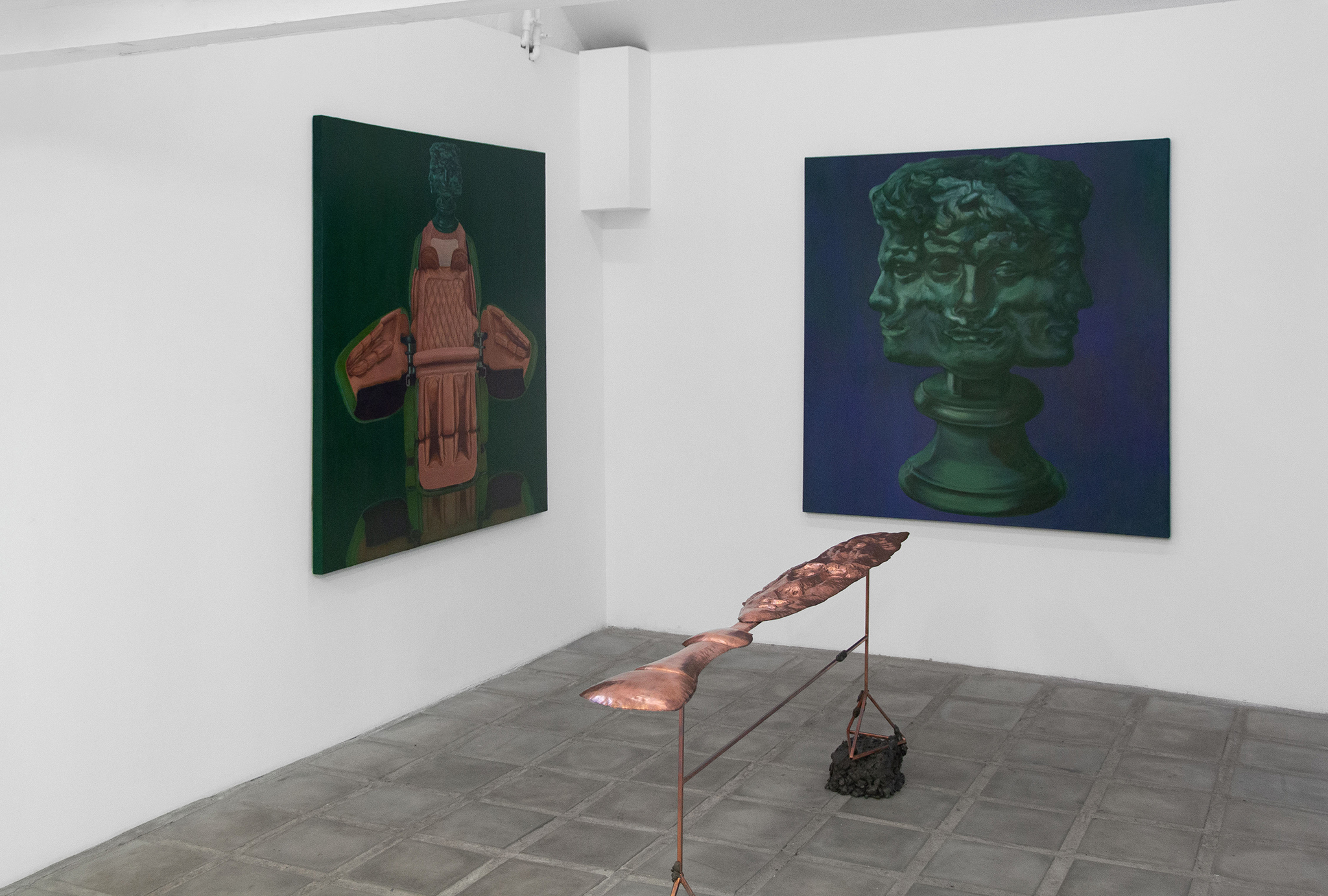
Vadim Zaitsev, ‘’Daumier’’ exhibition view at Devyatnadtsat gallery
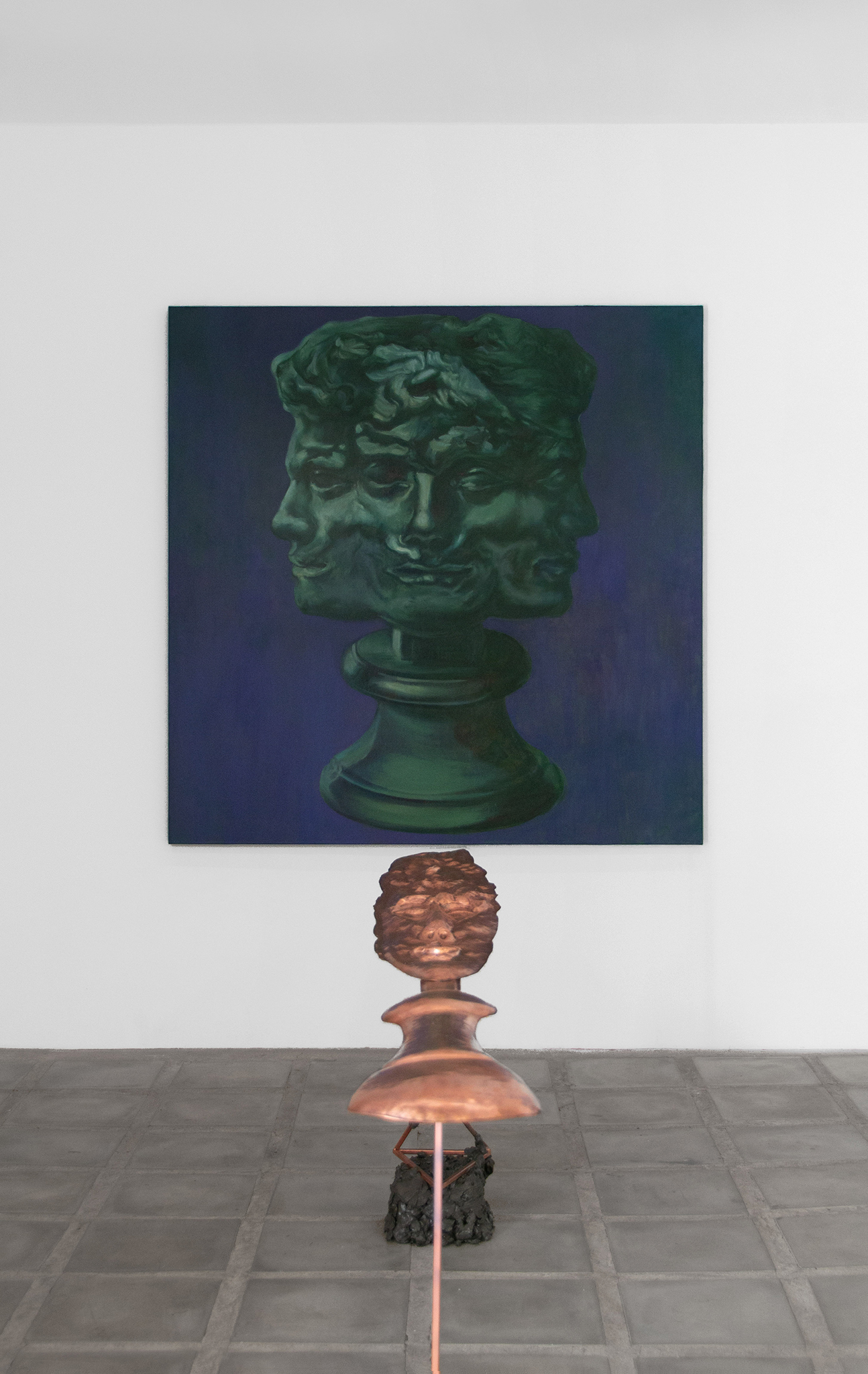
Vadim Zaitsev, ‘’Daumier’’ exhibition view at Devyatnadtsat gallery
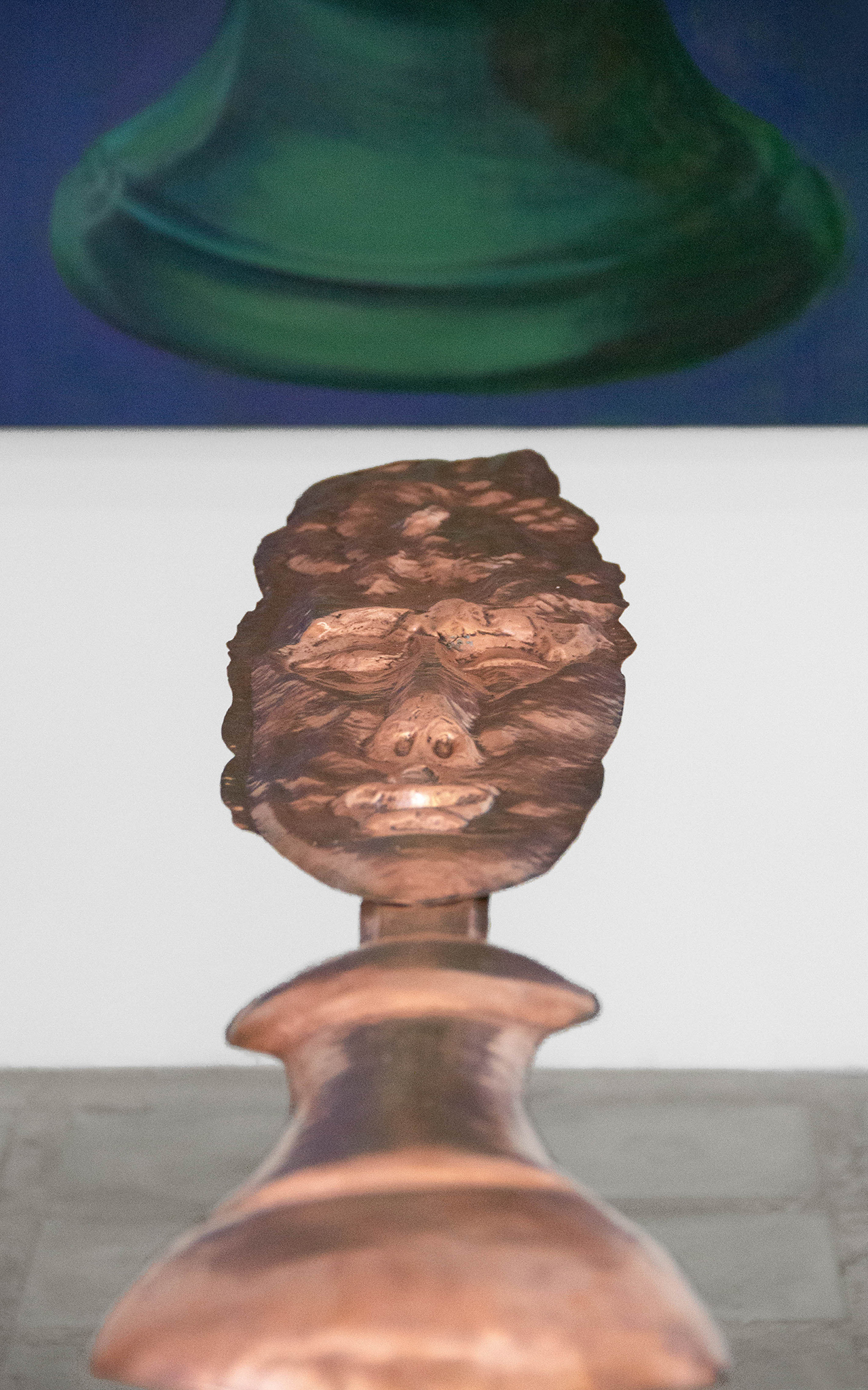
Vadim Zaitsev, ‘’Daumier’’ exhibition view at Devyatnadtsat gallery
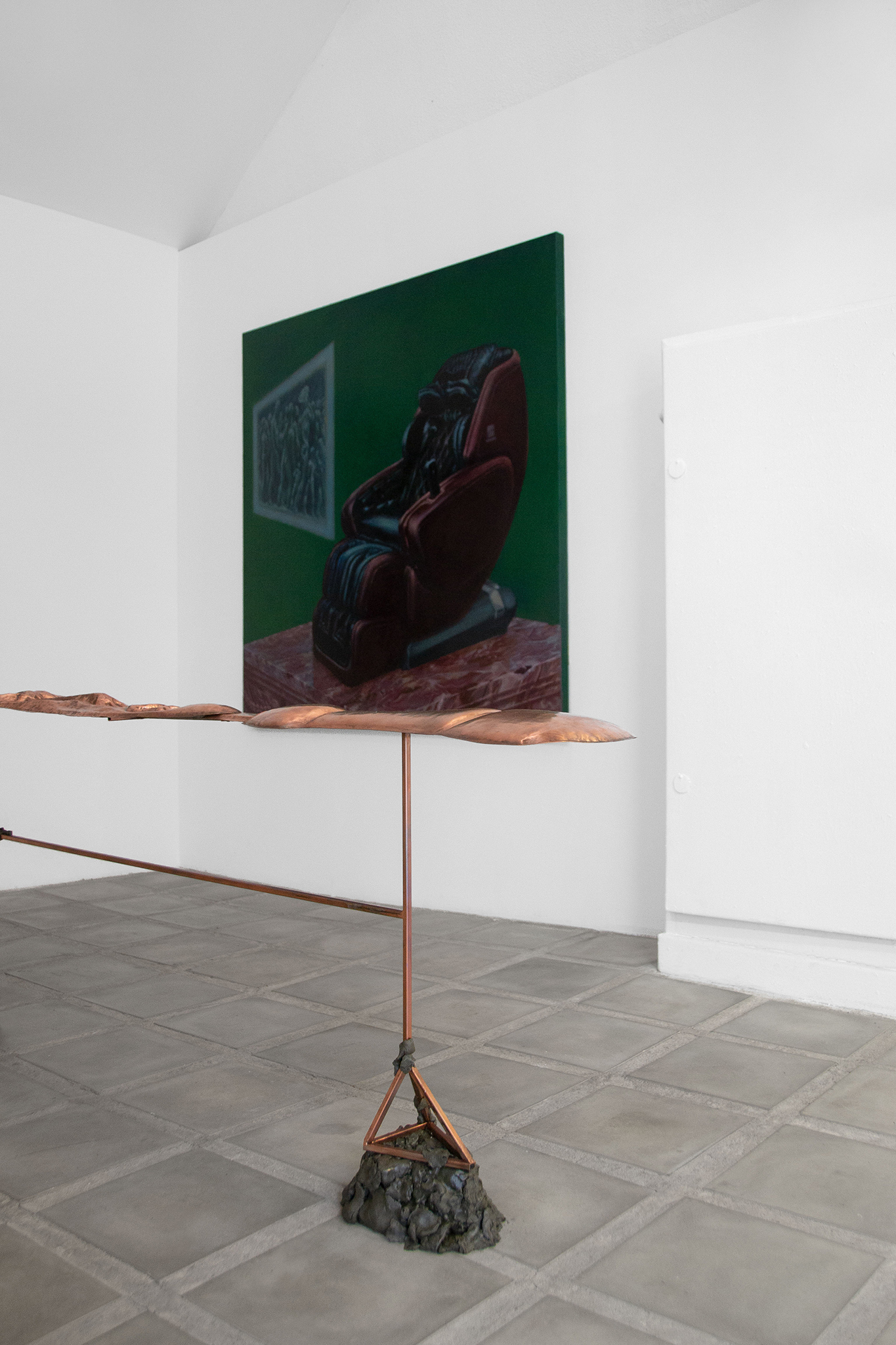
Vadim Zaitsev, ‘’Daumier’’ exhibition view at Devyatnadtsat gallery
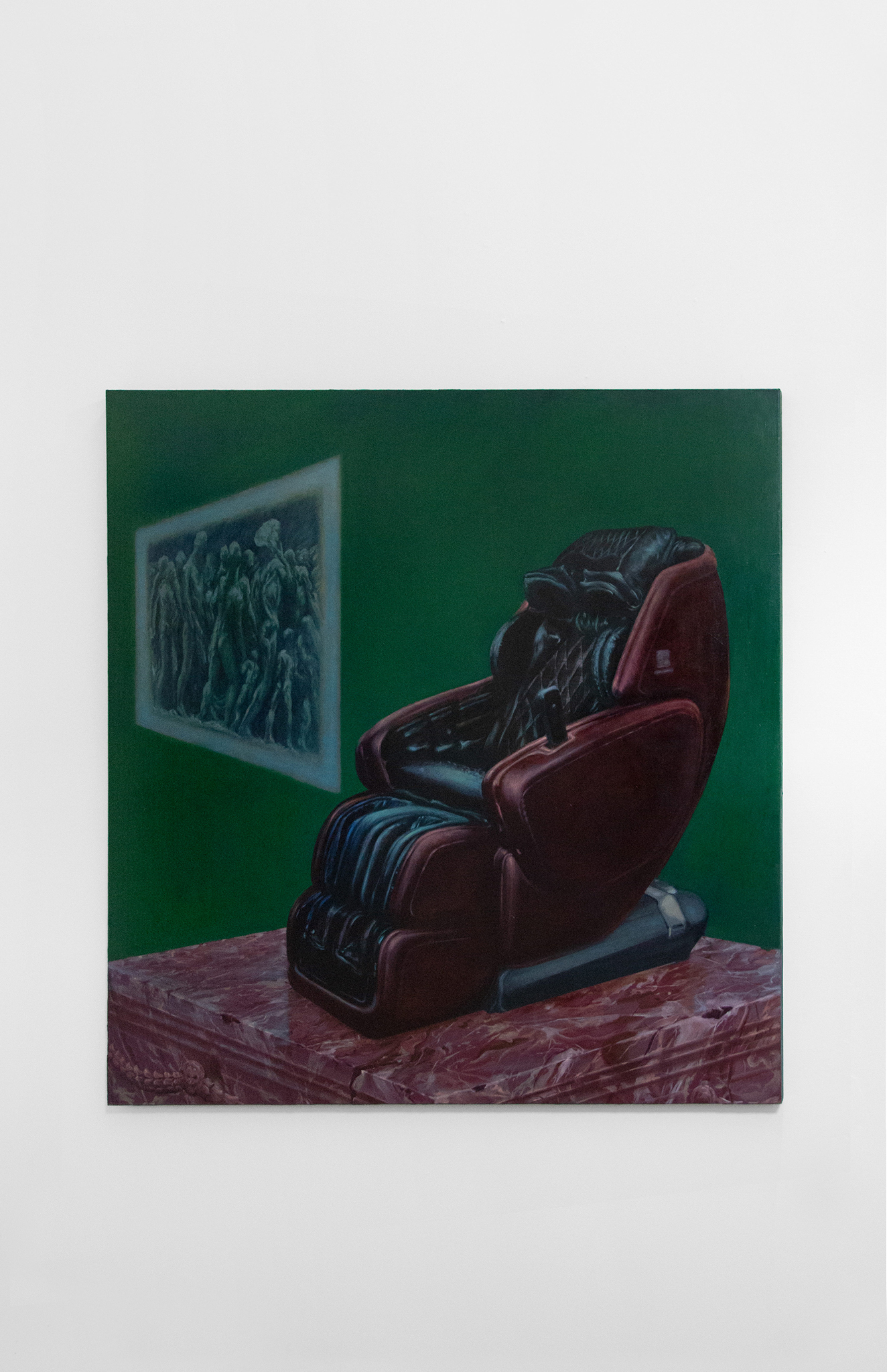
Vadim Zaitsev, ‘’Daumier I’’, 2025 oil on canvas 150x150 cm
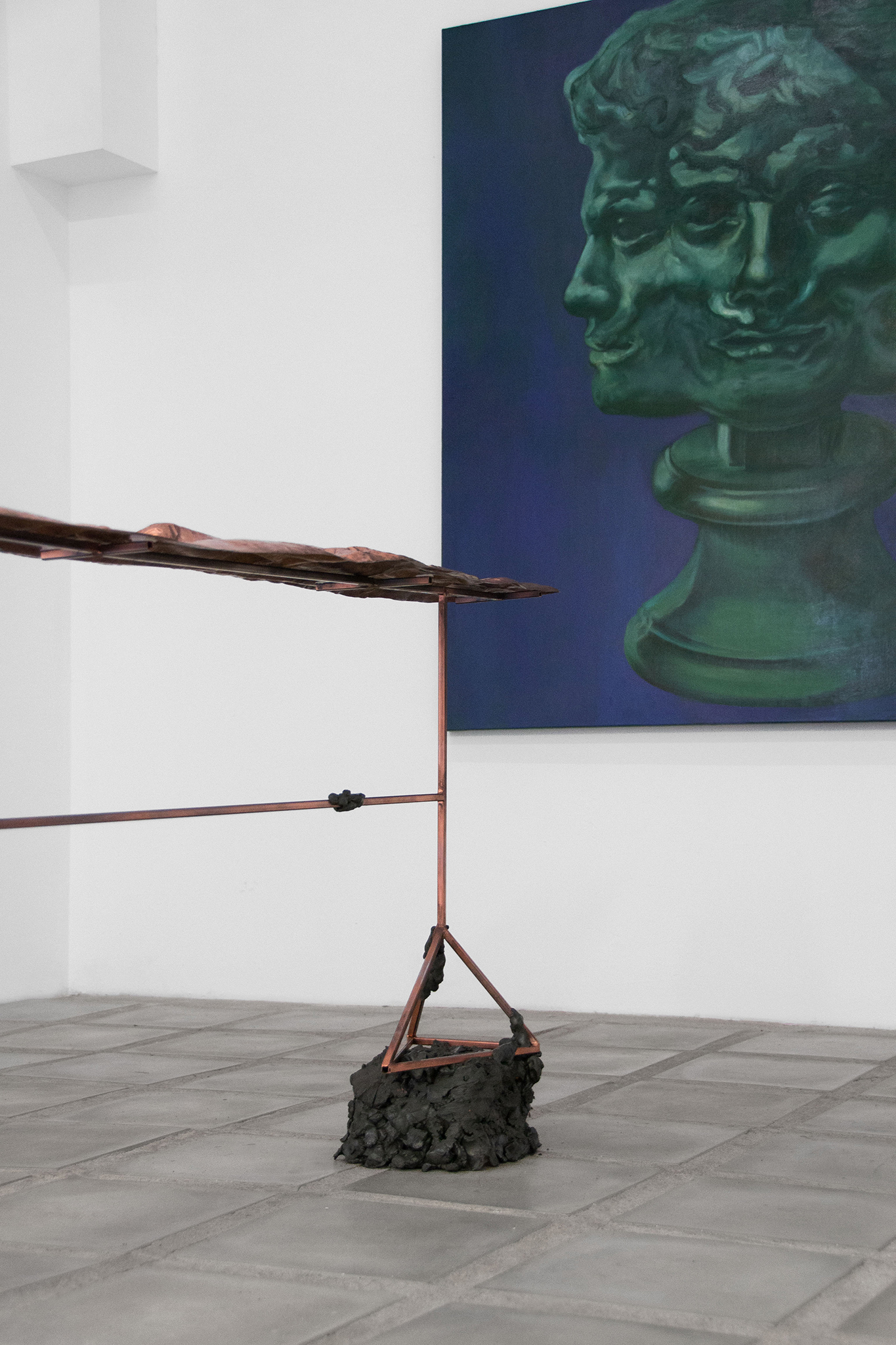
Vadim Zaitsev, ‘’Daumier’’ exhibition view at Devyatnadtsat gallery
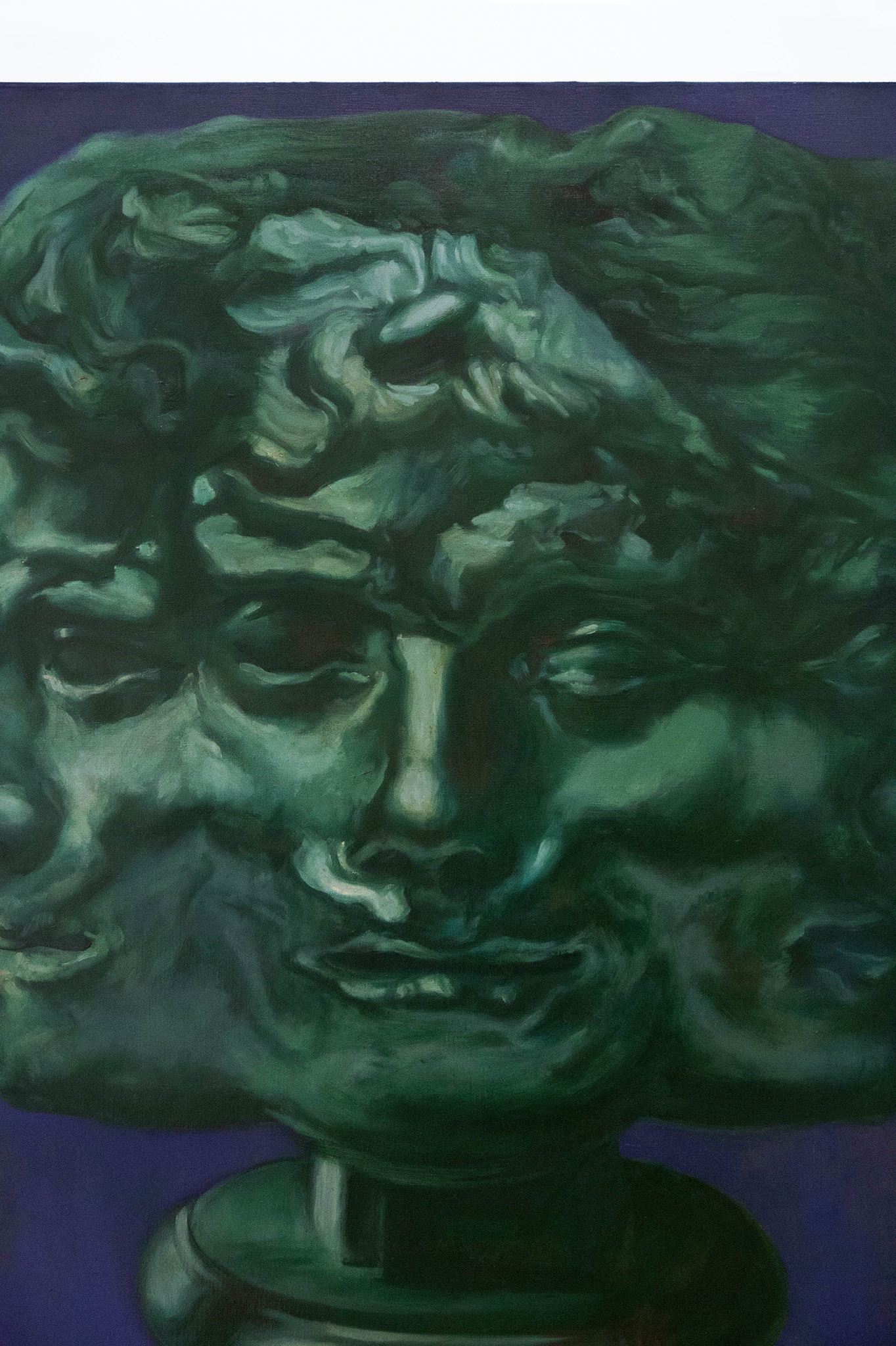
Vadim Zaitsev, ‘’Daumier II’’, 2025 oil on canvas 150x150 cm, fragment
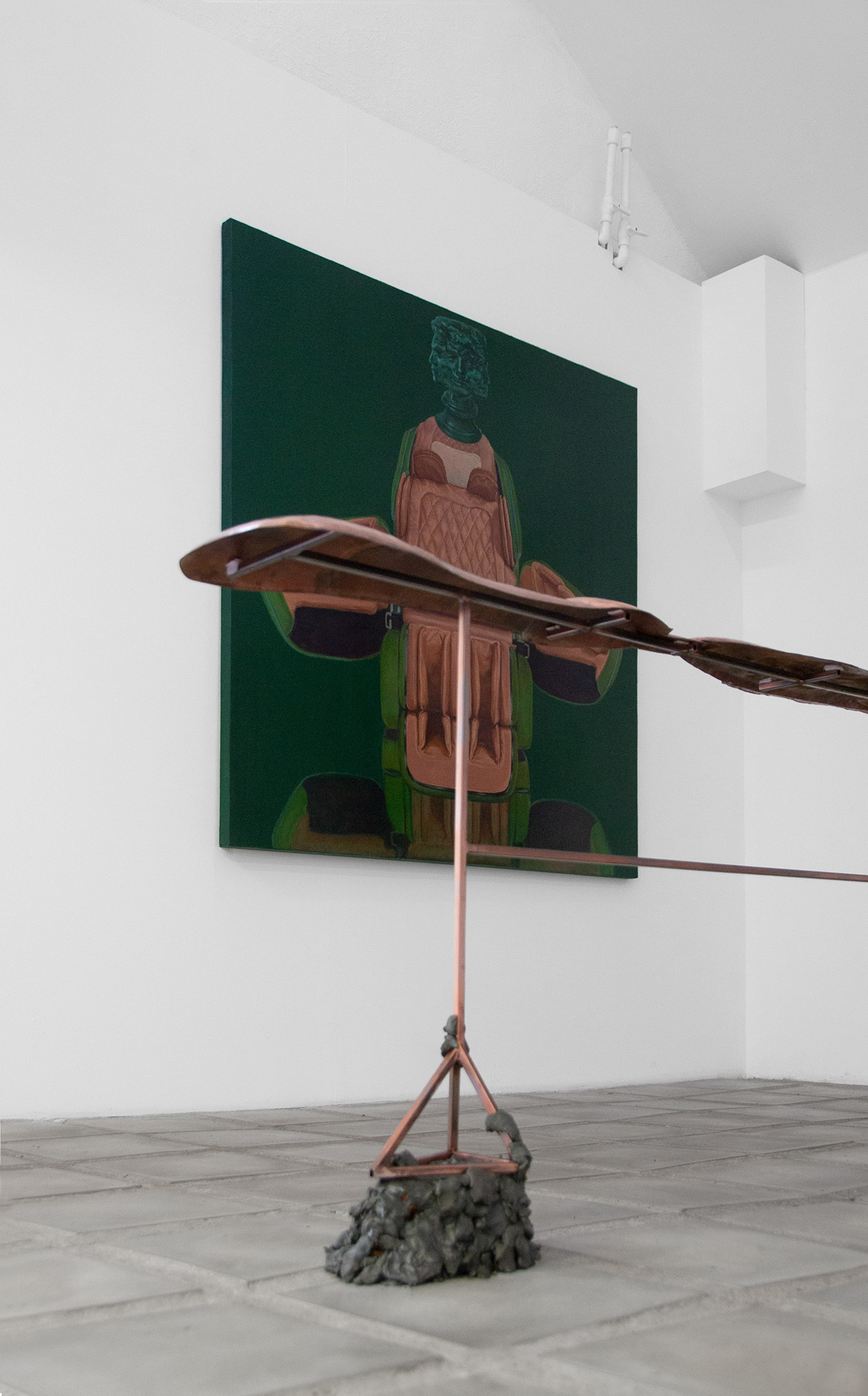
Vadim Zaitsev, ‘’Daumier’’ exhibition view at Devyatnadtsat gallery
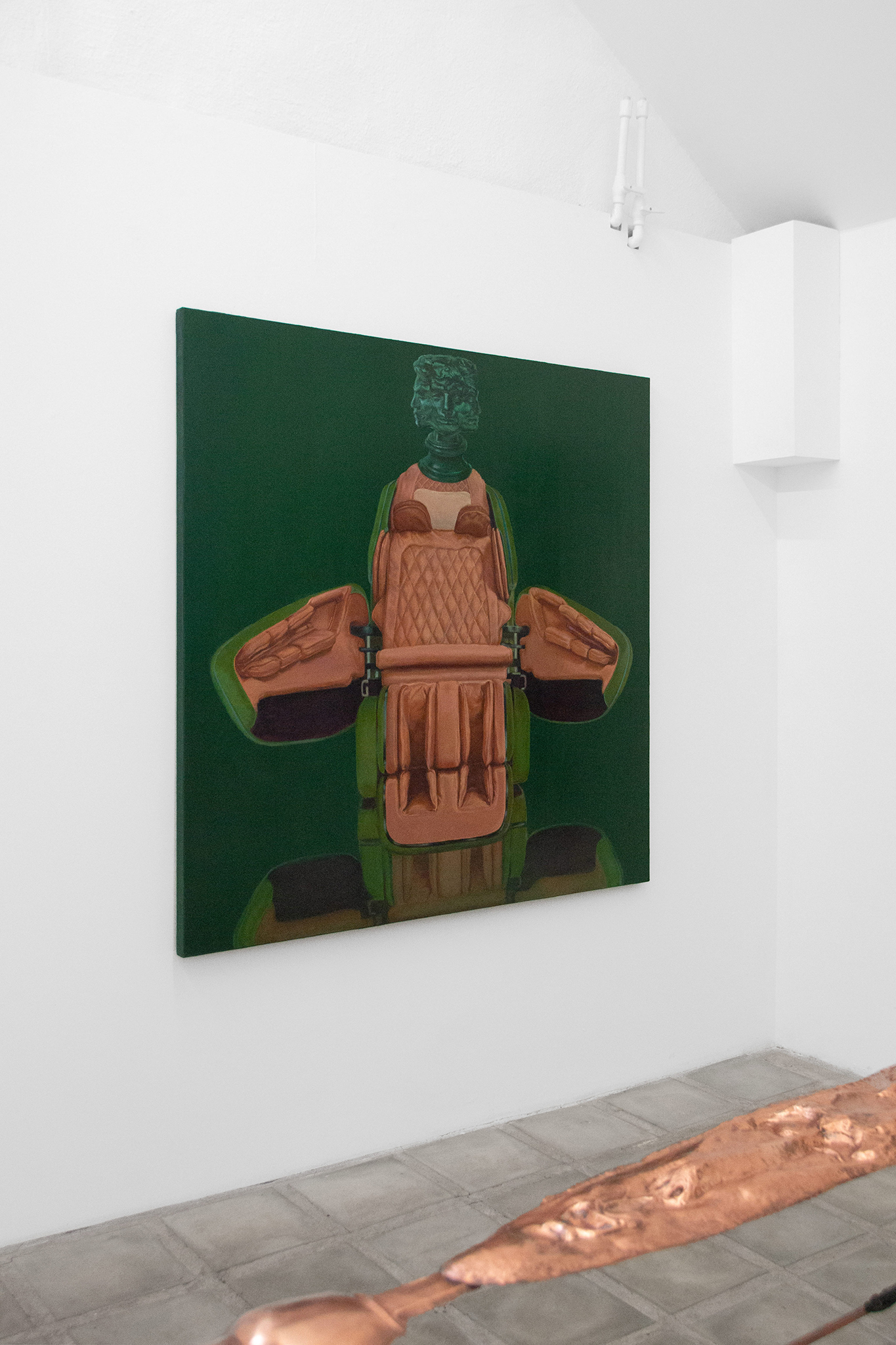
Vadim Zaitsev, ‘’Daumier’’ exhibition view at Devyatnadtsat gallery
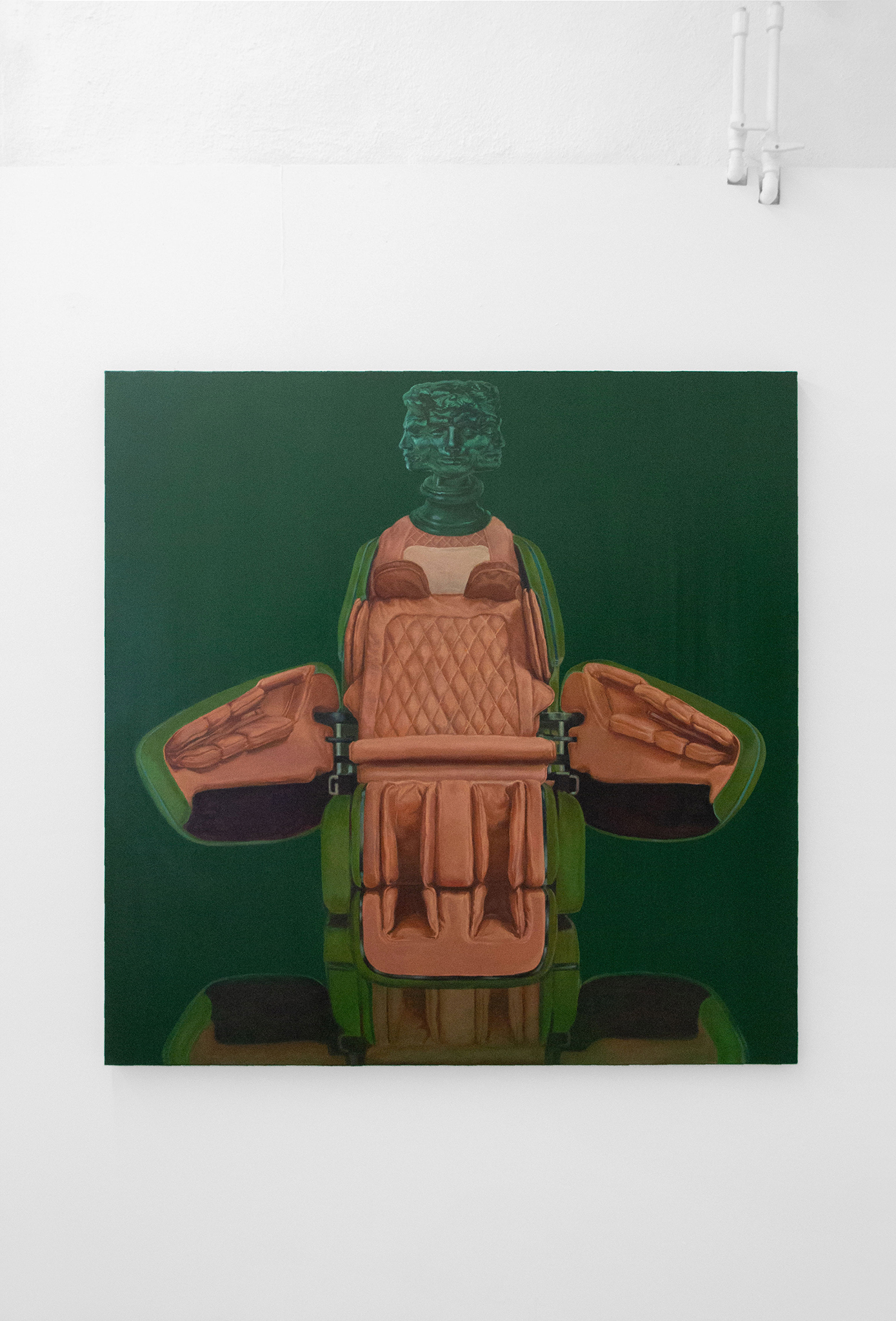
Vadim Zaitsev, ‘’Daumier III’’, 2025 oil on canvas 150x150 cm
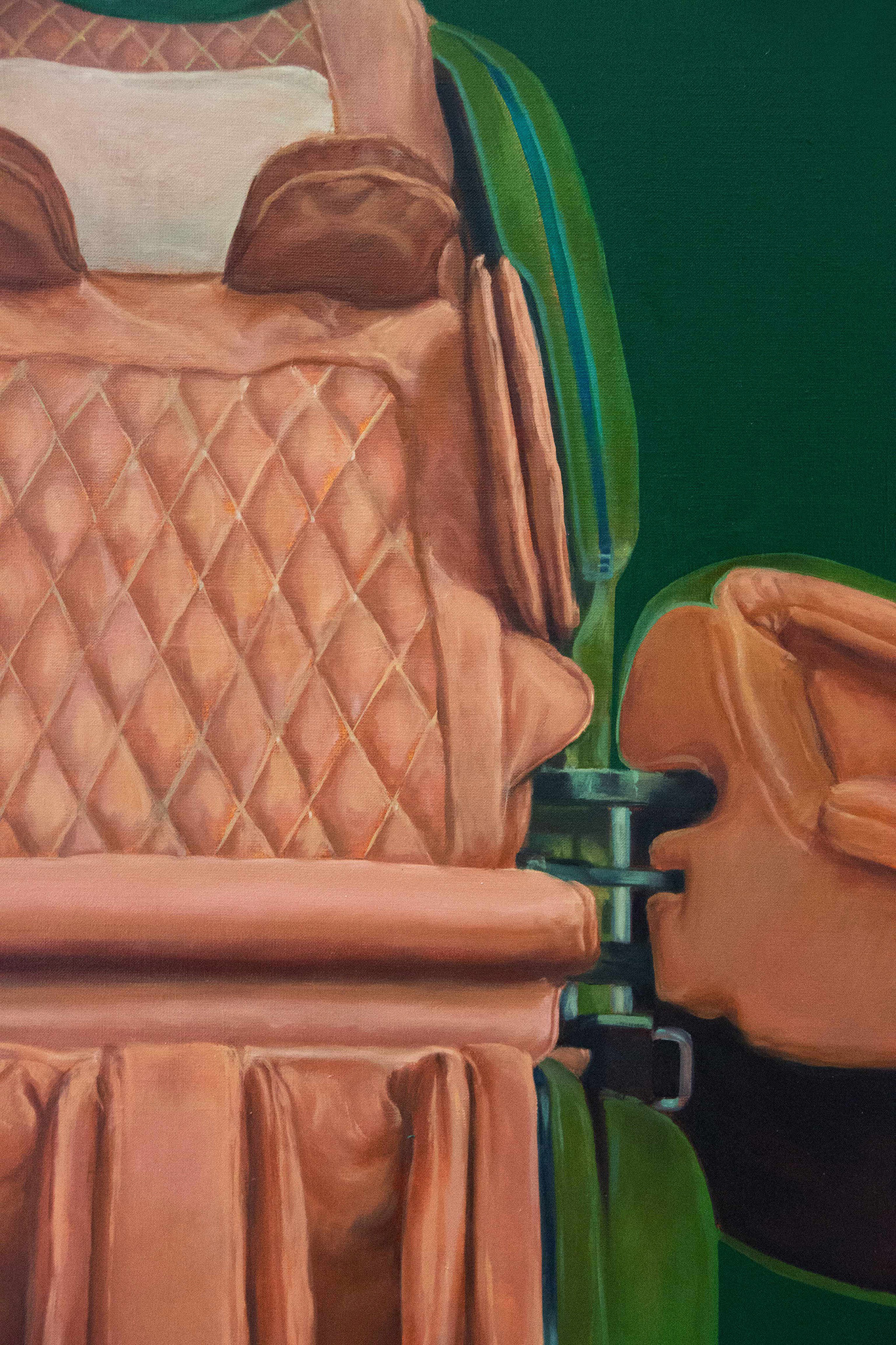
Vadim Zaitsev, ‘’Daumier III’’, 2025 oil on canvas 150x150 cm, fragment
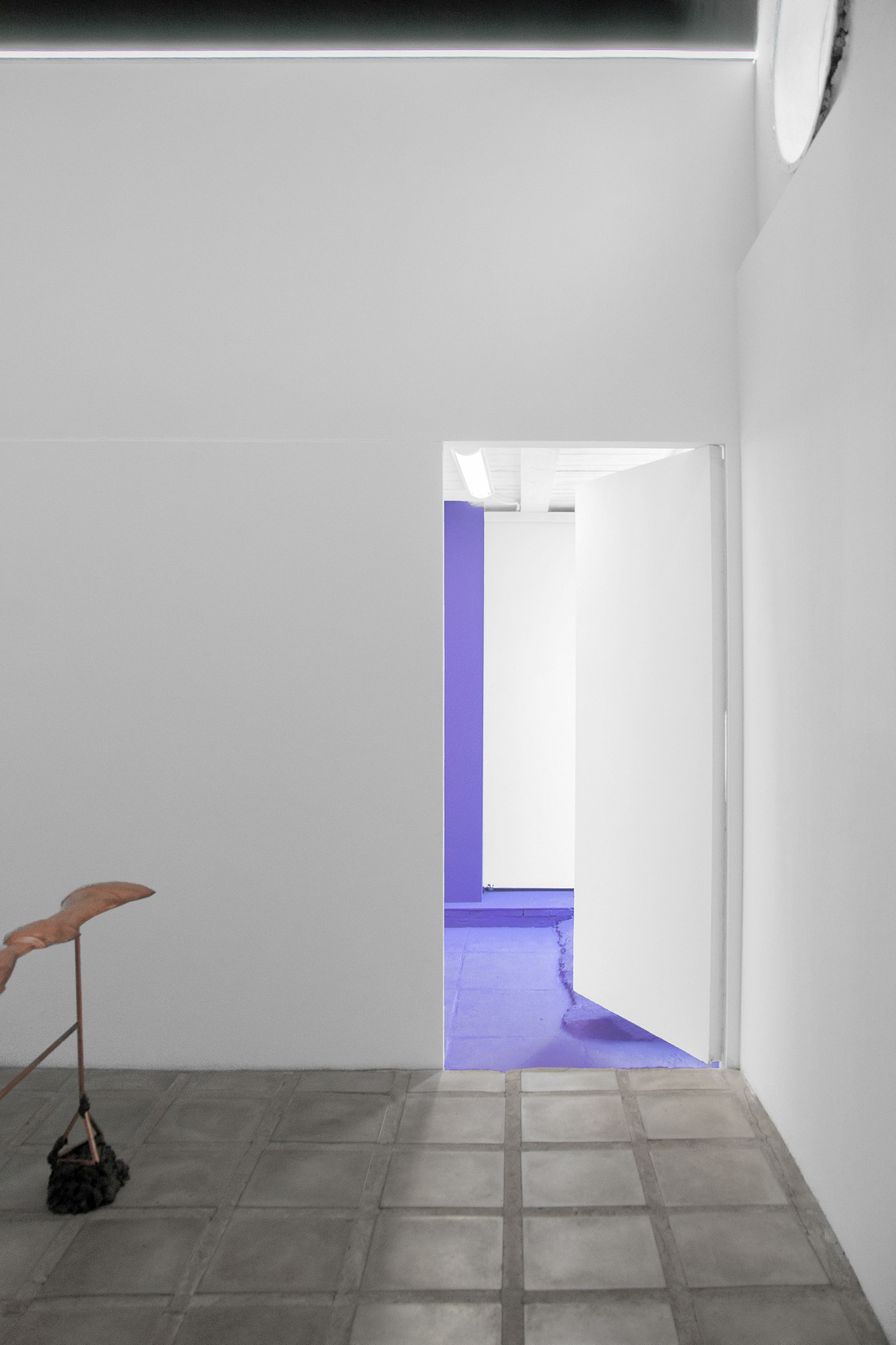
Vadim Zaitsev, ‘’Daumier’’ exhibition view at Devyatnadtsat gallery
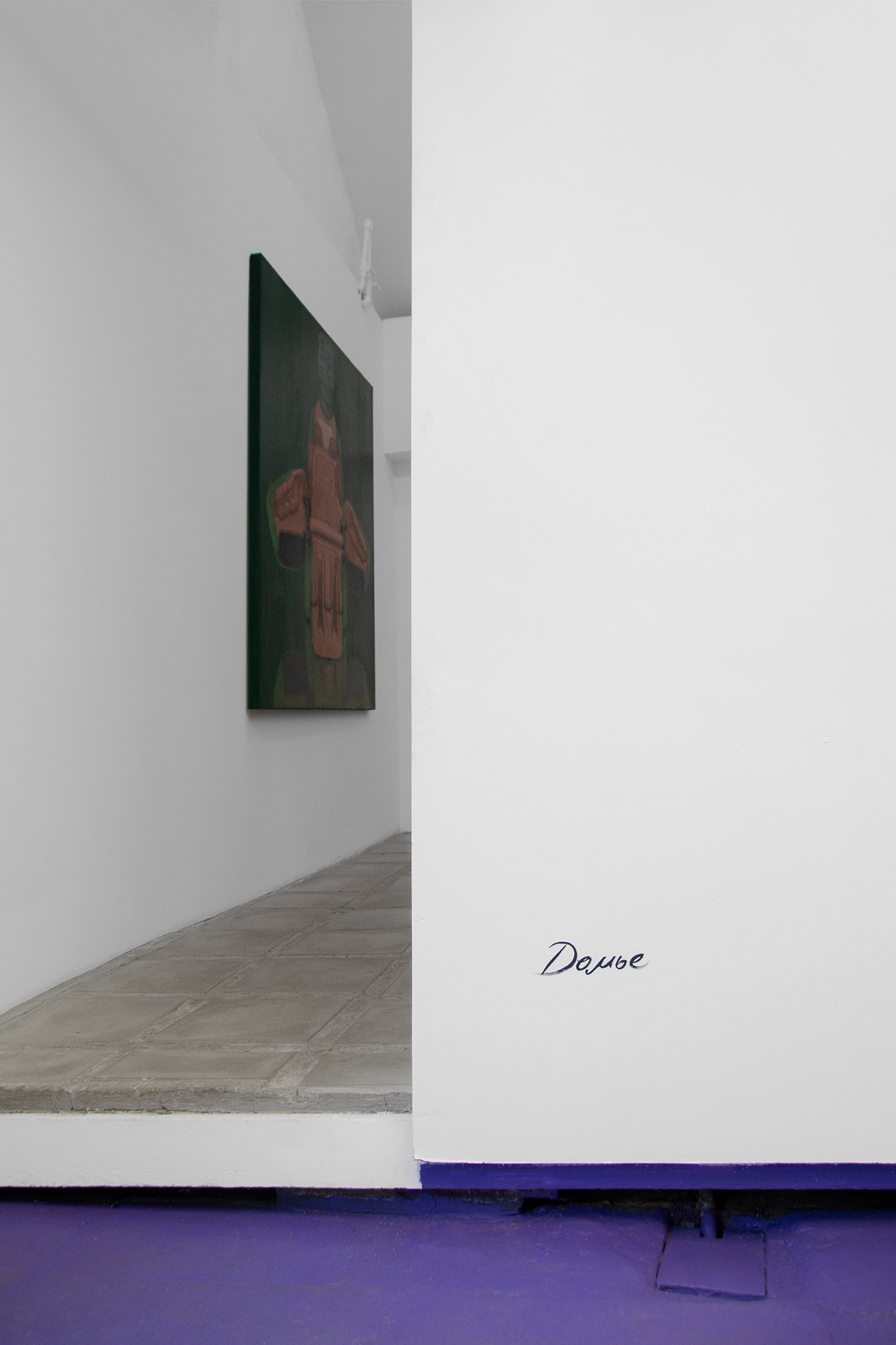
Vadim Zaitsev, ‘’Daumier’’ exhibition view at Devyatnadtsat gallery
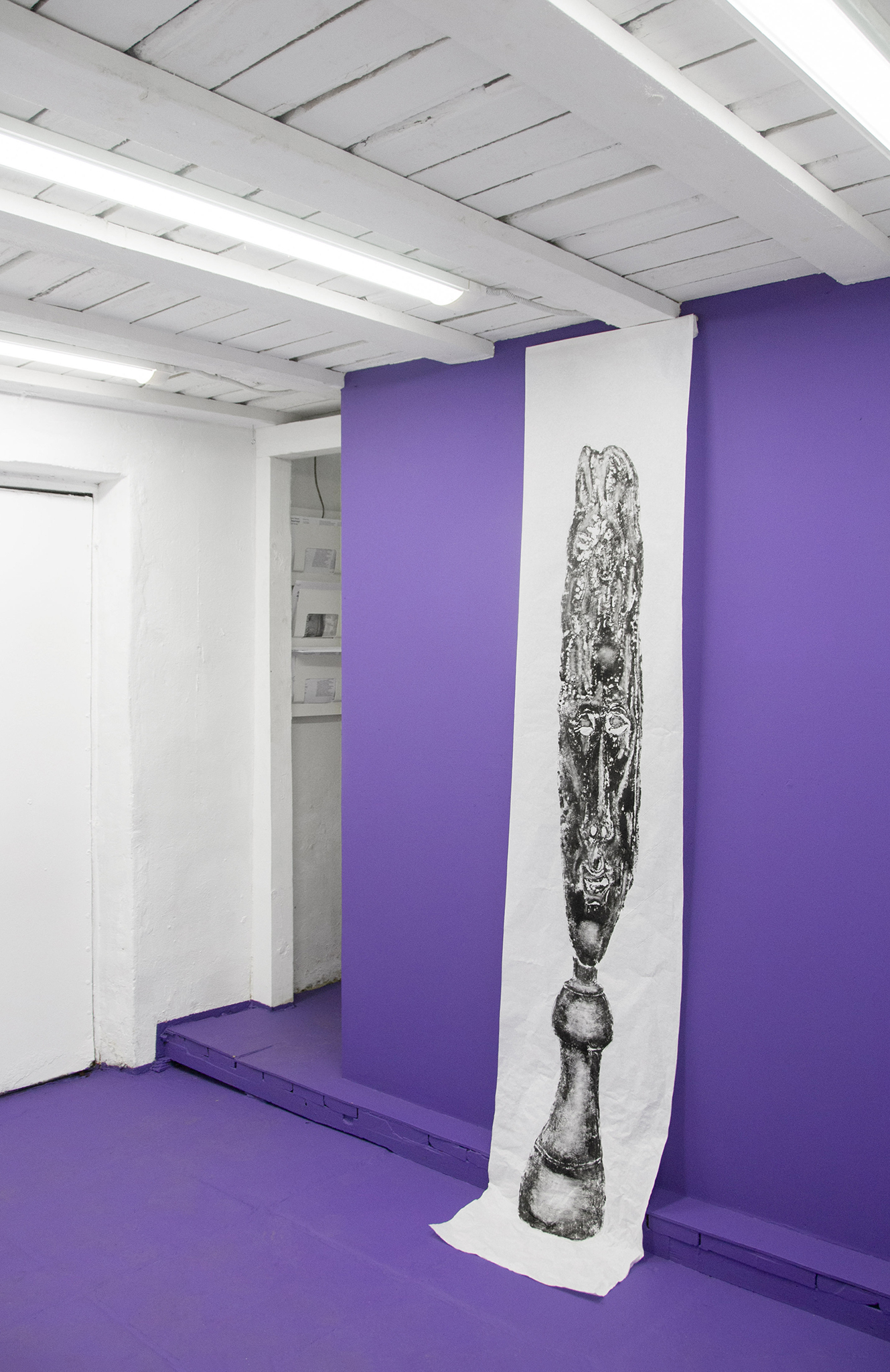
Vadim Zaitsev, ‘’Daumier V’’ an imprint from the coinage, rice paper, printing ink
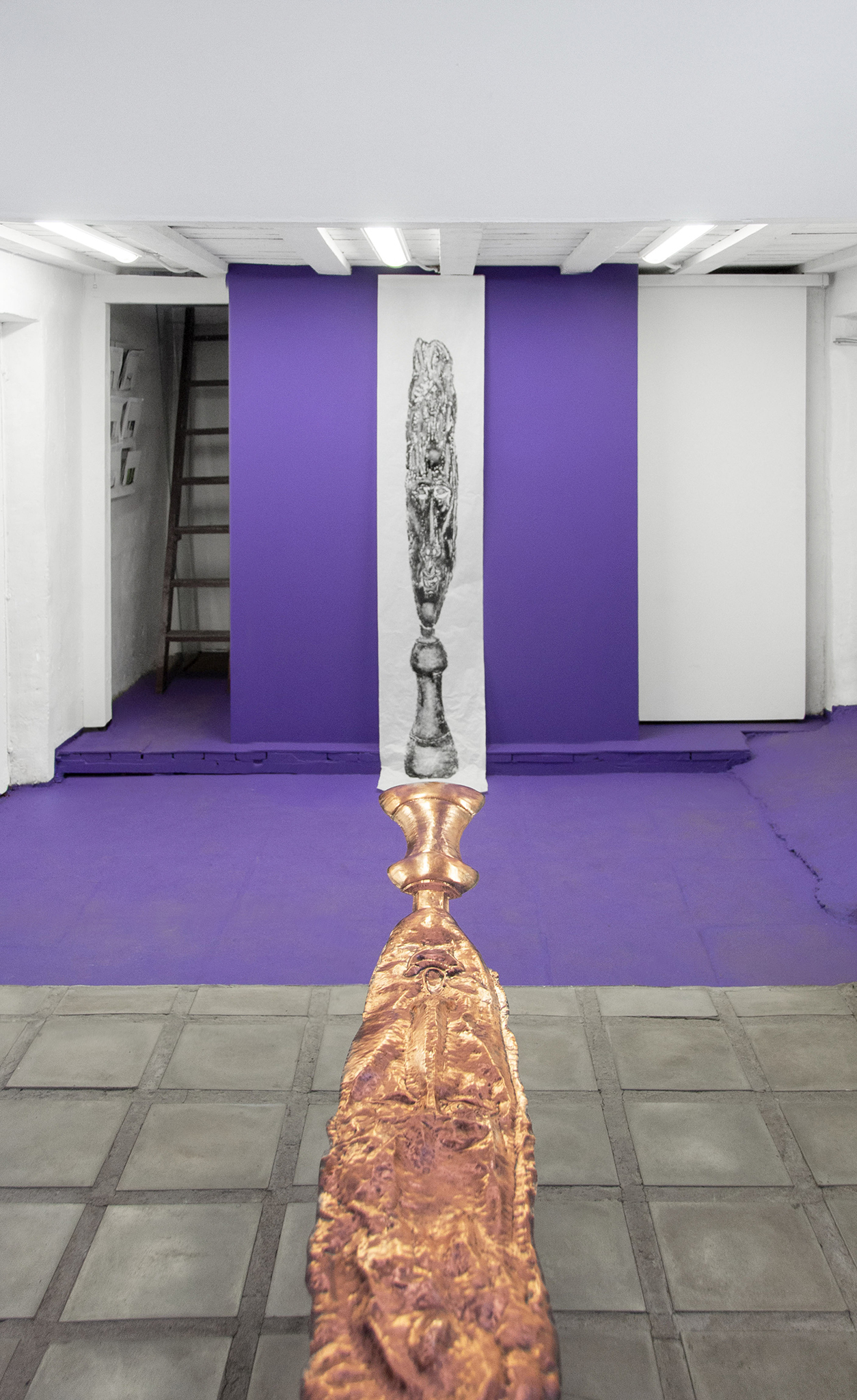
Vadim Zaitsev, ‘’Daumier’’ exhibition view at Devyatnadtsat gallery
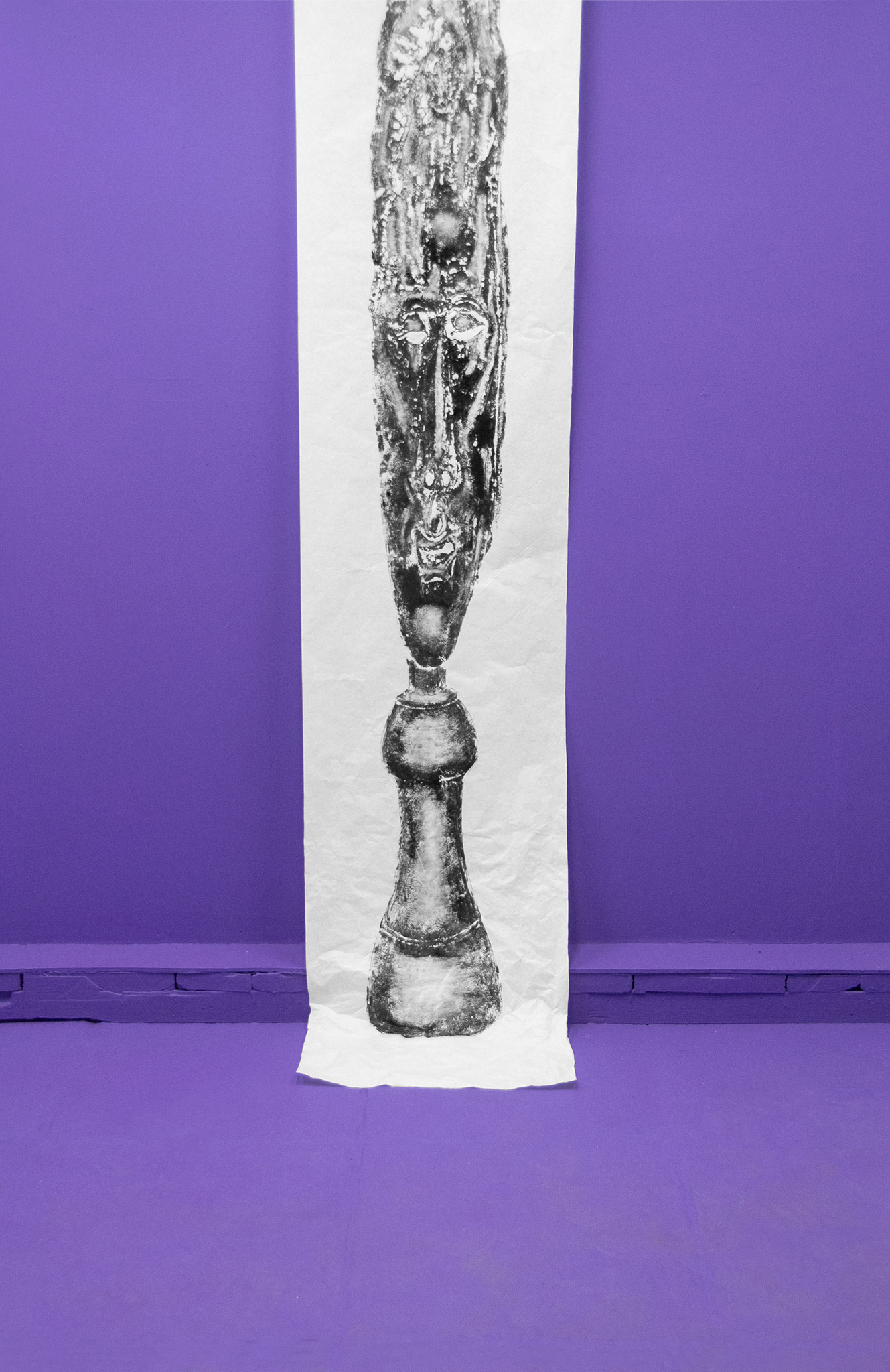
Vadim Zaitsev, ‘’Daumier’’ exhibition view at Devyatnadtsat gallery
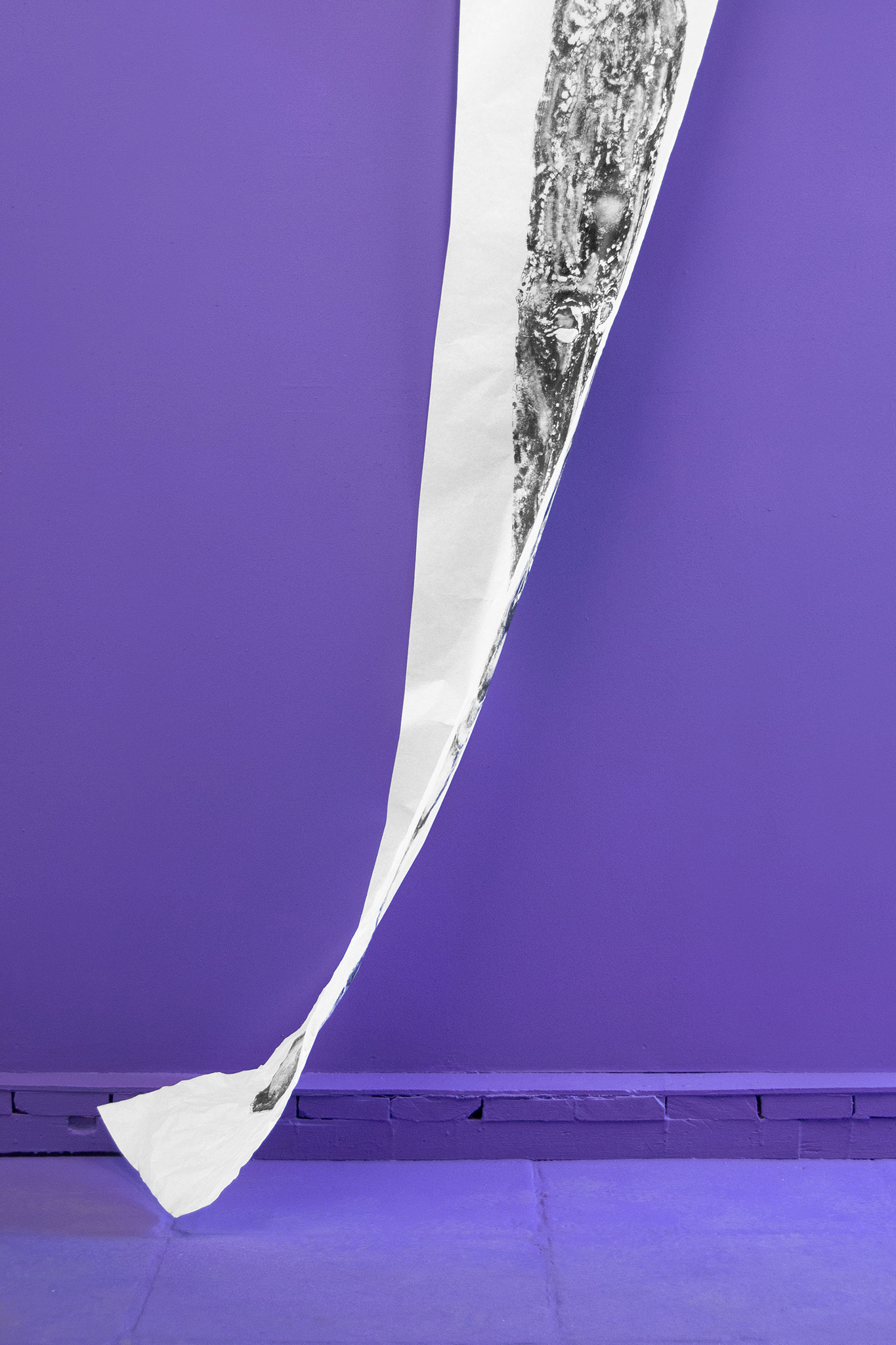
Vadim Zaitsev, ‘’Daumier’’ exhibition view at Devyatnadtsat gallery
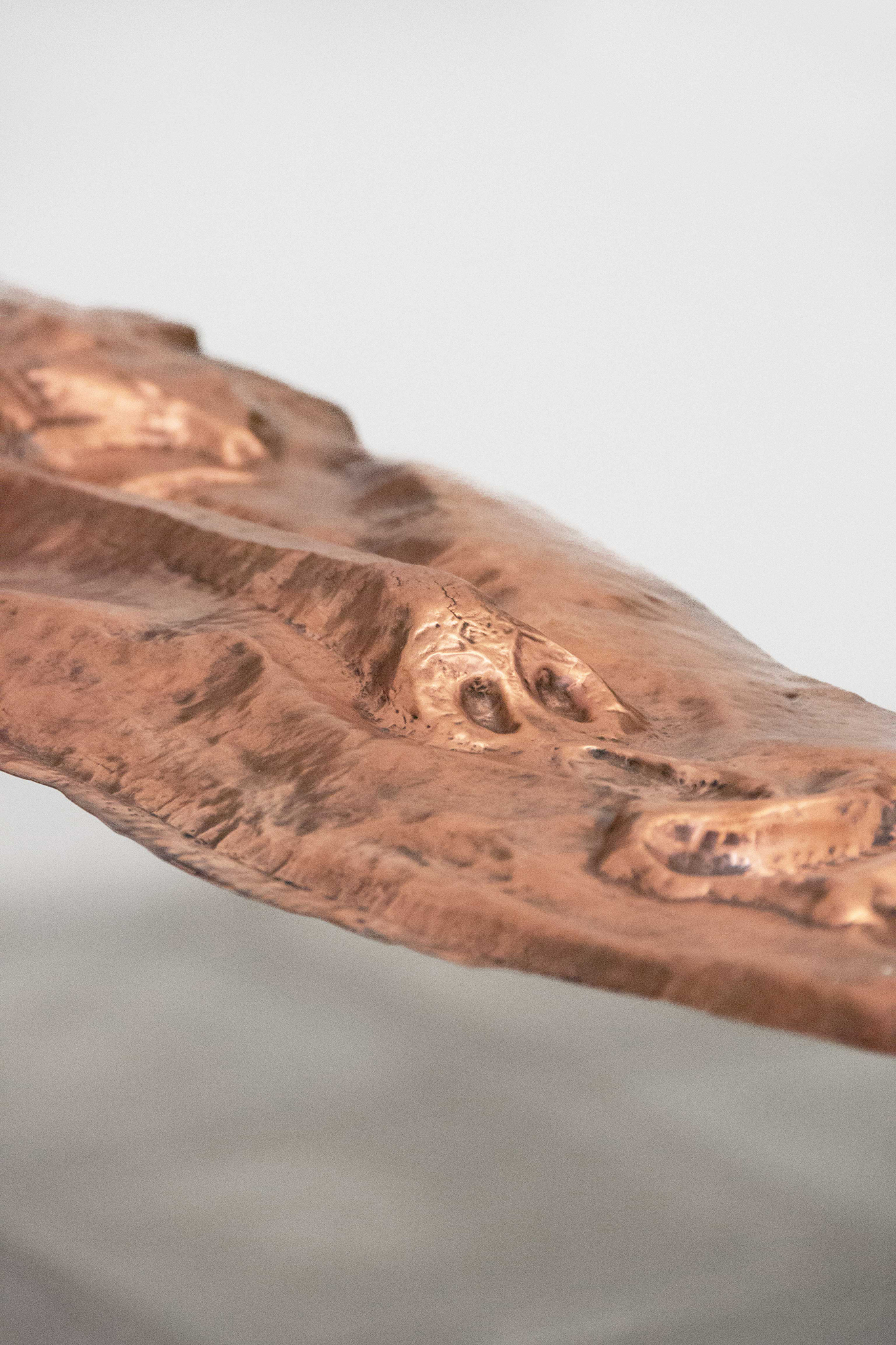
Vadim Zaitsev, ‘’Daumier IV’’ copper coinage, plasticine, fragment
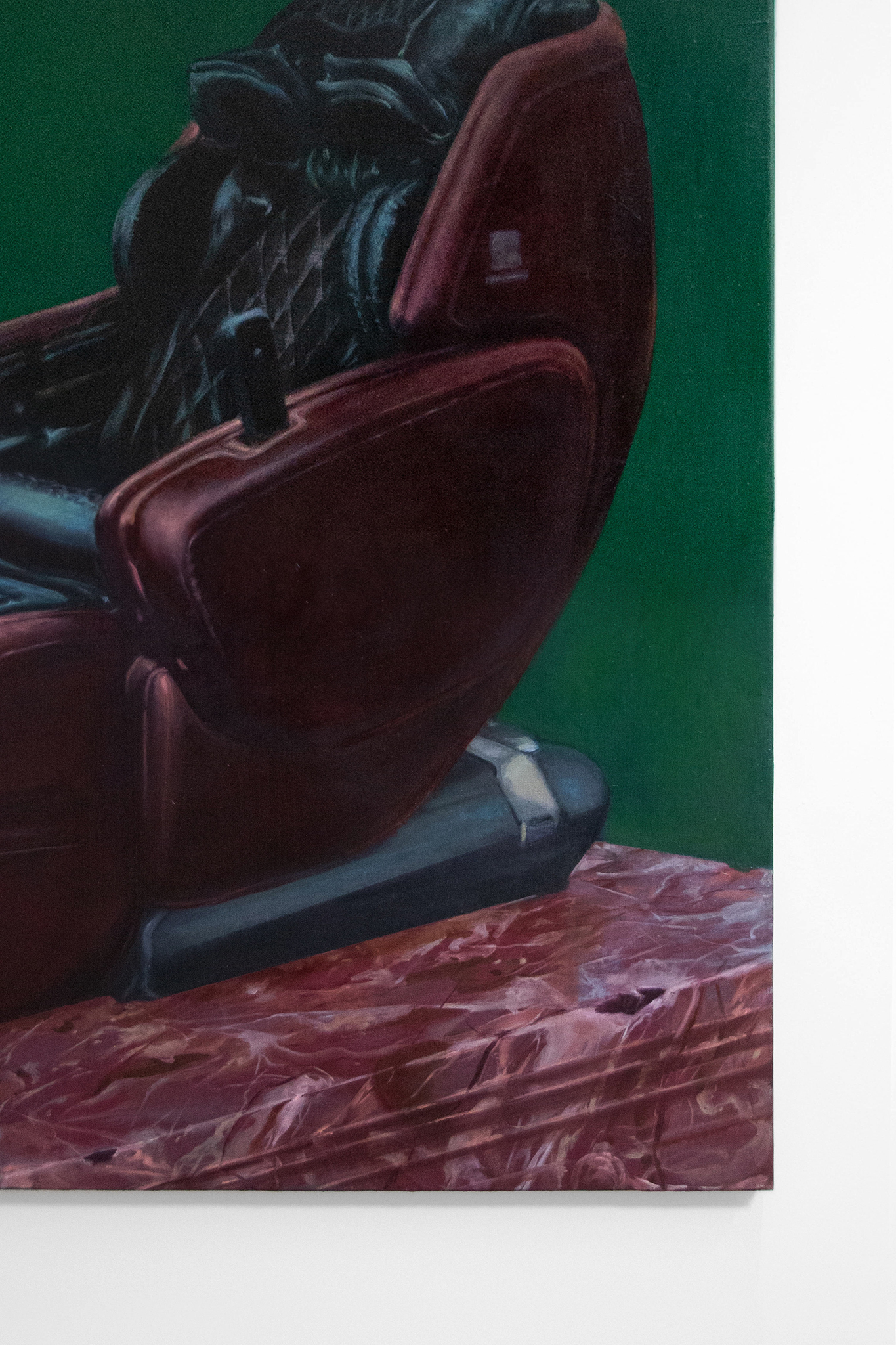
Vadim Zaitsev, ‘’Daumier I’’, 2025 oil on canvas 150x150 cm
We most often encounter Honoré Daumier through his drawings, caricatures, and biting political satire. His lithographs exposed the vices of the bourgeoisie, ridiculed authority, and revealed the contradictions of 19th-century French society. Yet beyond this familiar image lies a quieter, lesser-known, but deeply resonant facet of his legacy.
In the 1850s and 1860s, Daumier turned toward sculpture and three-dimensional form. This shift was driven not only by artistic inquiry but also by personal disillusionment with the failed promises of revolution, by fatigue, declining eyesight, and a desire to move beyond journalism and address the human condition through a medium both more monumental and more pliable.
Among the rare works from this period is the relief Les Émigrants. Here, satire gives way to a collective, almost timeless image of people forced to leave their homeland, cast out from the familiar spaces of society. Their bodies appear only faintly, as if dissolving into the substance itself, leaving behind little more than a trace—a fragile line between presence and disappearance.
It is this notion of the vanishing body that Vadim Zaitsev takes up, extending Daumier’s vision while refracting it through today’s artistic and social landscape. His project develops threads first explored in the series Rivers of the Underworld, where jacuzzis became abstract vessels of departure—objects that promised comfort yet evoked the silence of sarcophagi. To these images he now adds massage chairs—objects that concentrate wholly on the body, their forms built explicitly around human anatomy.
And yet, within these shapes, the body itself is missing. Its reality is affirmed precisely through absence—through contours, hints, fragile imprints. The massage chair turns into an archaeological cast of a disappearing figure, displaced from its own space yet still lingering as a reminder. Care becomes simulation: the device continues to function even when no one is inside, sharpening the sensation of emptiness.
Zaitsev’s project resonates with the artistic impulse toward the disappearing body that came to the fore in 20th-century art, most strikingly in the work of Ana Mendieta. Her claim that, under political violence and enforced disappearances, the body is transformed into a “trace”—into memory, outline, cultural marker—echoes here with renewed significance. In Zaitsev’s case, there is no overt violence, but there is a structural rupture between body and space, between the promise of care and the reality of absence.
A revealing moment came through an accident at the origin of the project. While studying Daumier’s sculptural vocabulary, Zaitsev encountered a head he mistakenly attributed to the French master. It later proved to be a work by Rodin. The error itself became part of the project’s narrative. Substitution, slippage, the misalignment of sources—these serve as reminders of the fluidity of information, the fragmentary nature of identity, and the disappearing subject, whose trace continues to exist beyond our grasp.
Marija Orlova
